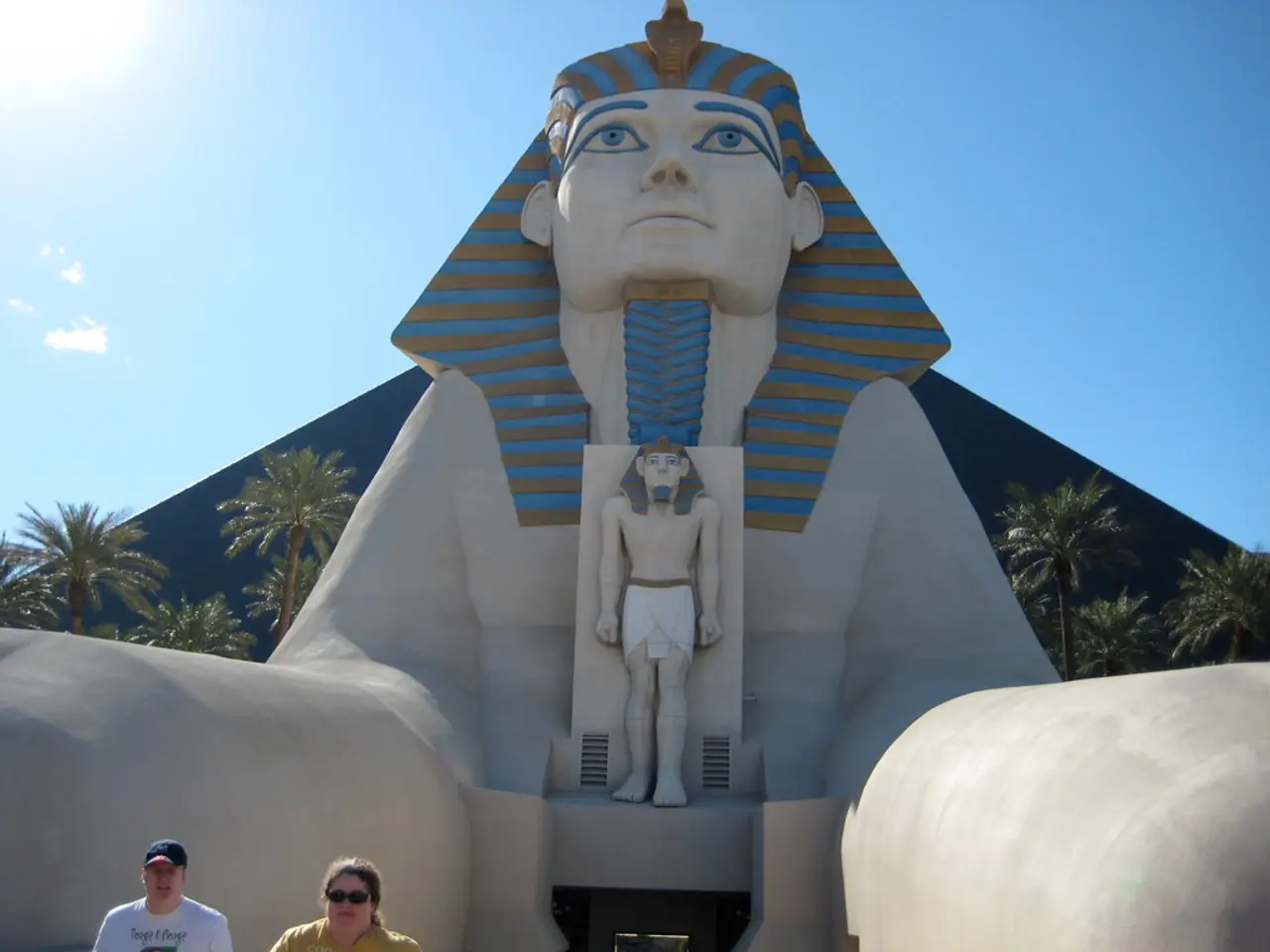Ignite Our Own Unique Business Ventures, Akin to the Egyptians
In the vibrant heart of East Africa, Kenya is a land of breathtaking landscapes, diverse cultures, and rich history. Yet, when it comes to tourism earnings, the country lags behind its counterparts such as Egypt, Morocco, and Rwanda. This article explores how Kenya can learn from these nations to enhance its tourism sector and boost its economy.
Kenya's natural wonders, from the River of God in Kutus to the Mukurwe Wa Nyagathanga shrine, are a testament to its beauty. However, potential attractions like Kit Mikaye in Kisumu, Maragoli Hills, Mungoma Cave in Vihiga, the Weeping Stone of Kakamega, Simbi Nyaima in Homa Bay, Thim Lich Ohinga in Migori, and Hell's Kitchen in Kwale, remain under-promoted or ignored.
The difference lies not in the attractions themselves, but in mindset, strategy, and national pride. In Egypt, marketing tourism is considered a civic duty, while in Kenya, it's a rarity for residents to promote local attractions. Egypt, in 2024, earned $14 billion from tourism, while Kenya managed about $3 billion.
To bridge this gap, Kenya needs to diversify its tourism products beyond traditional safaris and beaches. Embracing digital innovation, sports, conference tourism, cultural experiences, and eco-adventures can broaden market appeal and address the demand for sustainable and experiential travel.
Strengthening cooperation between government agencies and private stakeholders is also crucial. By working together, they can improve marketing reach, quality standards, and service offerings, boosting job creation, especially for the youth.
Capitalising on Nairobi’s status as a regional tech hub can attract remote workers and tech entrepreneurs, while marketing Kenya globally as a multi-faceted destination beyond traditional tourism imagery. Developing tourism infrastructure in new resort cities, expanding premium accommodations, and ensuring sustainable and eco-friendly tourism services are key to enhancing investor confidence.
Engaging new and varied source markets globally can reduce dependence on traditional tourist origins, while promoting sustainable and equitable sharing of tourism benefits. Kenya aims to increase direct tourism GDP contribution from KES 352.54 billion to KES 824 billion by 2027 and to more than double tourist arrivals to over 5 million.
However, effective implementation, stable fiscal policies, infrastructure investment, and innovative marketing will be crucial to realise this potential. As the writer emphasises, tourism is not just an economic activity but also a cultural export, a diplomatic tool, and a source of national pride.
It's time for Kenya's citizens and local governments to actively support and participate in these initiatives, such as cultural tourism home-stays, conservation efforts, and community-based tourism. Continued discussion about Kenya's brand and asking what other countries like Egypt, Morocco, and Rwanda are doing that Kenya isn't, can help drive this change. Let's work together to make Kenya a leading tourism destination in Africa.
[1] Tourism Review Africa [2] Kenya Tourism Board [3] World Travel & Tourism Council [4] Kenya Wildlife Service [5] Kenya Association of Hotelkeepers and Caterers
The writer is a communications practitioner (@markoloo).
- To boost both economic growth and national pride, Kenya should prioritize promoting local attractions such as Kit Mikaye, Maragoli Hills, Mungoma Cave, the Weeping Stone, Simbi Nyaima, Thim Lich Ohinga, and Hell's Kitchen, just as Egypt promotes its tourism as a civic duty.
- As Kenya strives to increase tourism earnings, the nation can diversify offerings beyond traditional safaris and beaches to include sports, digital innovation, cultural experiences, conference tourism, and eco-adventures, appealing to the growing demand for sustainable and experiential travel.




